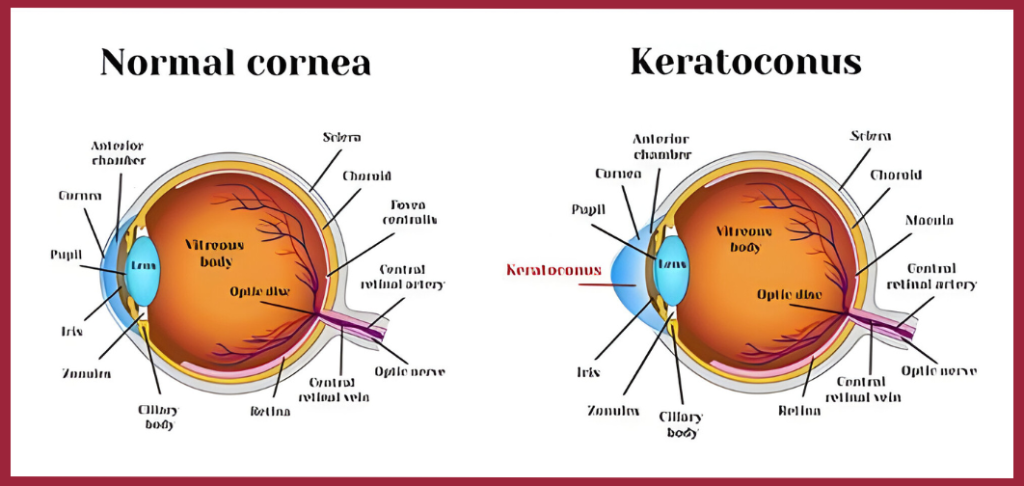KERATOCONUS
Keratoconus
When your cornea gets shaped like a cone instead of a dome, your vision might not be very clear. To fix this, you can wear glasses or contact lenses, or sometimes you might need surgery to replace the cornea. Usually, we don’t know exactly why this happens.

What is keratoconus?
Keratoconus happens when the clear front part of your eye, the cornea, bulges out in a cone shape instead of staying round. It usually shows up in your teenage years or your 20s and 30s, but sometimes it can start even earlier in childhood. Occasionally, it’s not detected until later in life, particularly if it’s not severe. The cornea’s shape changes gradually over several years, but this process tends to be quicker in younger people. This condition can cause vision problems like blurriness and sensitivity to light. It’s usually diagnosed during an eye exam, where the doctor checks the shape of your cornea. Treatment options include wearing glasses or contact lenses to improve vision, or in severe cases, surgery or cornea transplant may be needed.
What causes keratoconus?
Keratoconus is a condition where the cornea, the clear front part of the eye, becomes thin and bulges outward into a cone shape. While the exact cause is still a bit of a mystery, some studies suggest that it tends to run in families. Certain medical conditions, like allergies and conditions that affect the connective tissue, might also play a role.
Interestingly, it’s not typically caused by eye injuries or other eye diseases. However, frequent eye rubbing can potentially worsen the condition or make it progress more quickly. Additionally, some researchers believe that genetics and environmental factors could contribute to its development.
Overall, while we’re still learning more about keratoconus, it’s clear that avoiding excessive eye rubbing and understanding family medical history could be important in managing the condition.
How is keratoconus diagnosed?
Your eye doctor will start by asking you questions about your health, your family’s health, and any eye problems you’re having. Then, they’ll check your eyes thoroughly. They might also ask for some tests to be done, like:
- Visual acuity test: You’ll read letters on a chart and look through a machine (phoropter) to find the right glasses prescription.
- Slit lamp examination: A test where a bright light and a microscope are used to check your eyes.
- Keratometry: A test to see the shape of your cornea and if you have astigmatism.
- Corneal mapping (tomography and topography): Tests to measure the curve of your eye’s surface and make a map of your cornea. They can show if you have keratoconus.

